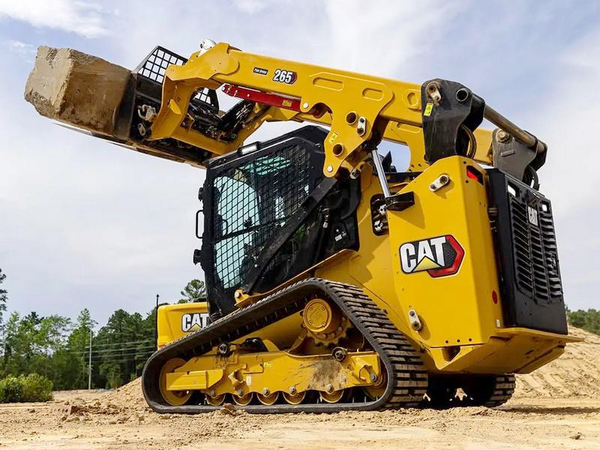Transporting a skid steer loader requires careful preparation to ensure safety, protect equipment, and comply with transport regulations. The following best practices will help prevent damage and reduce risks during transit.
1. Choose the Right Transport Vehicle
Select a truck or trailer with sufficient size and load capacity to handle the combined weight of the skid steer and its attachments.
Avoid using an oversized vehicle for a small machine or an undersized vehicle for a heavy load, as both increase operational and safety risks.
Before transport, check the route for height or width restrictions to prevent delays or accidents.
2. Properly Load the Machine
Clean the trailer bed to remove dirt, sand, and debris to reduce the risk of slipping.
Ensure the trailer is parked on firm, level ground and the towing vehicle is in park/neutral with brakes applied.
Use ramps of the correct length, width, and weight capacity to safely drive the machine onto the trailer.
Disable the skid steer’s auto-idle function and shift the two-speed travel mode into low gear.
Load the heaviest end of the machine up the ramp first for better balance.
3. Secure the Equipment
Once on the trailer, lower the attachment to the deck and shut off the engine. Lock all doors and covers before transport.
Place wheel chocks or blocks at the front and rear of each wheel or track to prevent movement.
Use manufacturer-approved tie-down points (e.g., Bobcat tie-down locations) and secure with appropriate chains or straps.
Secure any unattached implements to prevent them from shifting or falling during transport.







